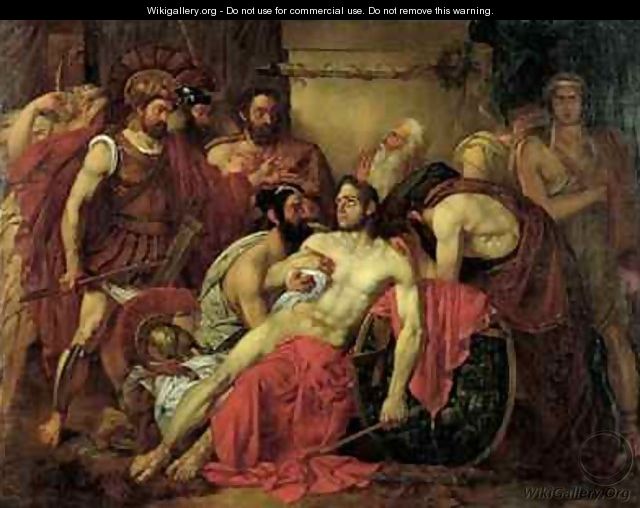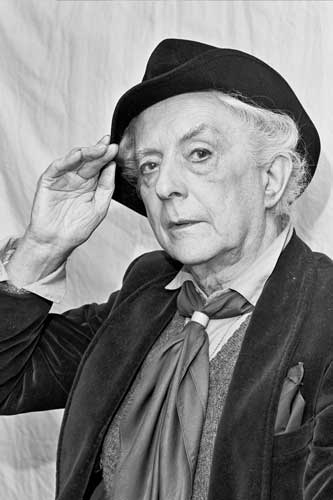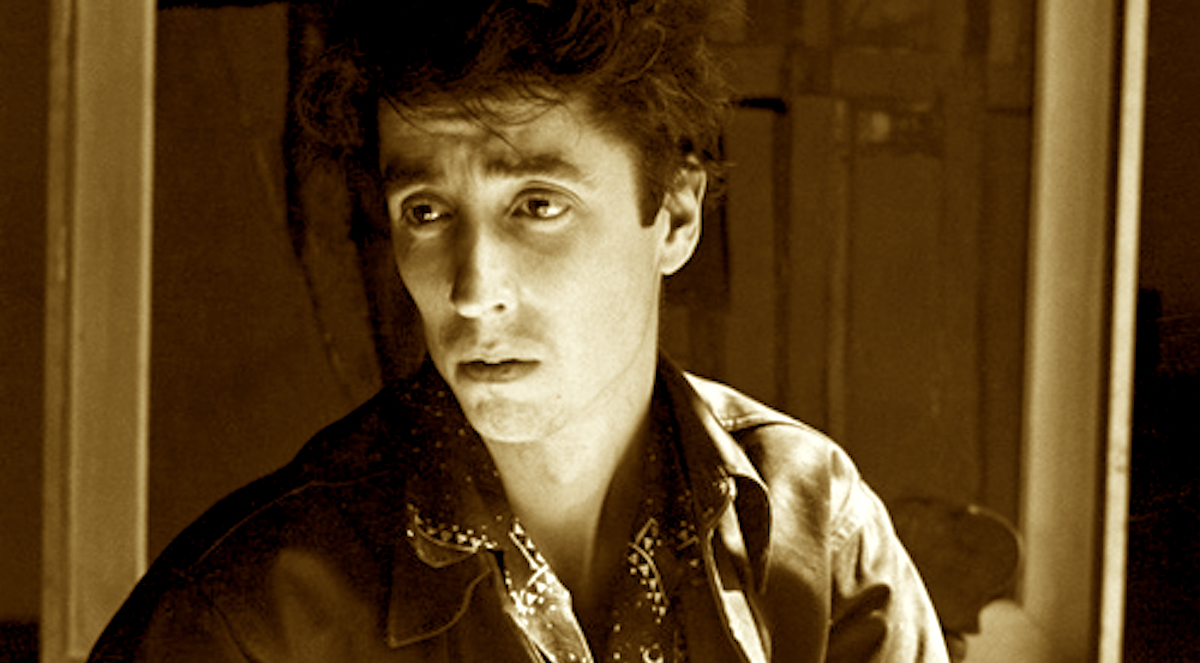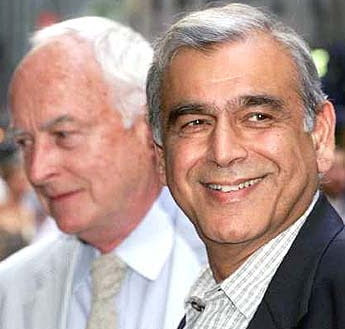December 25
EPAMINONDAS was a Greek warrior and general, born on this date (d: 362 B.C.E.); Considered to have been one of the great military geniuses of the ancient world, he is included here, on Christmas Day, not because of his victories in battle, but because he was revered for his moral character. He was revered, too, since he had risen from an impoverished family because of his goodness, strength and character.
Epaminondas was well educated; his musical teachers were among the best in their disciplines, as was his dance instructor. Most notably, his philosophy instructor Lysis of Tarentum (who had come to live with Polymnis in his exile) was one of the last major Pythagorean philosophers. Epaminondas was devoted to Lysis and was noted for his excellence in philosophical studies.
Not merely an academic, Epaminondas was noted for his physical prowess, and in his youth he devoted much time to strengthening and preparing himself for combat. In 385 B.C.E., in a skirmish near the city of Mantinea, Epaminondas, at great risk to his own life, saved the life of his future partner Pelopidas, an act thought to have cemented the life-long friendship between the two.
He was, like most Greek warriors, a lover of young men – but with a difference. He never married and did not produce an heir. His delight in boys was complete in itself for him. His two favorite boys, Asopichus and Leuctra, both fell in battle, as did Epaminondas. Both, by his order, are buried at his side, in his tomb.
QUENTIN CRISP, English author bon vivant, raconteur, born (d. 1999); born Denis Charles Pratt, Crisp was an English writer, artist's model, actor and raconteur known for his memorable and insightful witticisms. He became a Gay icon in the 1970s after publication of his memoir, The Naked Civil Servant, brought to the attention of the general public his defiant exhibitionism and longstanding refusal to conceal his sexuality.
The successful screening of The Naked Civil Servant launched Crisp in another new direction: that of performer and lecturer. He devised a one-man show and began touring the country with it. The first half of the show was an entertaining monologue loosely based on his memoirs, the second half was a question and answer session with Crisp picking the audience's written questions out at random and answering them in an amusing manner. In 1978 Crisp sold out the Duke of York’s Theatre in London, then took the show to New York., where he eventually decided to move.
His first stay there, in the Hotel Chelsea, coincided with a fire, a robbery, and the death of Nancy Spungen. He set about making arrangements to move to New York permanently and in 1981 he arrived with few possessions and found a small apartment in Manhattan’s Lower East Side.
He continued to perform his one-man show, published ground-breaking books on the importance of contemporary manners as a means of social inclusivity as opposed to etiquette, which socially excludes, and supported himself by accepting social invitations and writing movie reviews and columns for U.S. and U.K. magazines and newspapers.
He said that provided one could exist on peanuts and champagne, one could quite easily live by going to every cocktail party, premiere and first night to which one was invited. As he had done in London, Crisp allowed his phone number to remain listed in the Manhattan telephone directory and saw it as his duty to converse with anyone who called him.
For the first twenty or so years of owning his own telephone he habitually answered calls with the phrase "Yes, God?" ("Just in case," he once said.) Later on he changed it to "Oh yes?" in a querulous tone of voice.
In addition to his listed phone number, he accepted dinner invitations from almost anyone. While it was expected that the inviter would pay for dinner, Quentin Crisp did his best to "sing for his supper" by regaling his hosts with wonderful stories and yarns much as he did in his theatre performances. Dinner with him was said to be one of the best shows in New York.
Francis JOHN MINTON, born on this date (d: 1957), was an English painter, illustrator, stage designer and teacher. After studying in France, he became a teacher in London, and at the same time maintained a consistently large output of works. In addition to landscapes, portraits and other paintings, some of them on an unusually large scale, he built up a reputation as an illustrator of books.
In the mid-1950s, Minton found himself out of sympathy with the abstract trend that was then becoming fashionable, and felt increasingly sidelined. He suffered psychological problems, self-medicated with alcohol, and died by suicide in 1957 at the age of just thirty-nine, the same year as the Wolfenden Report was published recommending the decriminalization of homosexuality.
Minton was born in Great Shelford, Cambridgeshire, the second of three sons of Francis Minton, a solicitor, and his wife, Kate, née Webb. From 1925 to 1932, he was educated at Northcliff House, Bognor Regis, Sussex, and then from 1932 to 1935 at Reading School. He studied art at St John's Wood School of Art from 1935 to 1938. and was greatly influenced by his fellow student Michael Ayrton, who enthused him with the work of French neo-romantic painters. He spent eight months studying in France, frequently accompanied by Ayrton, and returned from Paris when the Second World War began.
From 1943 to 1946 Minton taught illustration at the Camberwell College of Arts, and from 1946 to 1948 he was in charge of drawing and illustration at the Central School of Art and Design. At the same time he continued to draw and paint, sharing a studio for some years with Robert Colquhoun and Robert MacBryde, and later with Keith Vaughan. Reviewing a 1944 exhibition, The Times remarked that Minton was clearly in the tradition of Samuel Palmer, something frequently remarked on by later critics.
Minton's posthumous fame is principally as an illustrator. But he was a prolific artist. He designed textiles and wallpapers; he produced posters for London Transport and Ealing Studios; and he was highly regarded as a portrait painter. He also worked in collage. He painted scenes of Britain, from rural beauty to urban decay, and travelled overseas, producing scenes of the West Indies, Spain and Morocco The London Times wrote, "Even when they were ostensibly of Spain and Jamaica, Minton's landscapes looked back to Samuel Palmer for their mood. They were densely patterned and luxuriantly coloured, and it was always the fullness and richness of the scene which attracted his eye and which he painted with such evident enjoyment."
Minton's output was considerable. Between 1945 and 1956 he had seven solo exhibitions at the Lefevre Gallery, notwithstanding his work as tutor to the painting school of the Royal College of Art in 1949, a post that he held until the year before his death. Minton's appearance in this period is shown in a 1952 portrait by Lucian Freud, as well as in self-portraits. In the 1940s Minton, Freud and fellow artist Adrian Ryan had been in a love triangle.
ISMAEL MERCHANT, Indian-born film producer born (d. 2005); Indian-born film producer, best known for the results of his famously long collaboration with Merchant Ivory Productions which included director James Ivory and screenwriter Ruth Prawer Jhabvala. Their films won six Academy Awards. Ivory was Merchant's life partner.
In 1961, Merchant created the film production company, Merchant Ivory Productions, with James Ivory. Until Merchant's death in 2005, the company produced a number of award-winning films. Prawer Jhabvala was the screenwriter for most productions. They made close to forty films together. Their partnership has a place in the Guinness Book of World Records for the longest partnership in independent cinema history.
An accomplished cook as well, Merchant wrote several books on the art including Ismail Merchant’s Indian Cuisine; Ismail Merchant’s Florence; Ismail Merchant’s Passionate Meals and Ismail Merchant’s Paris: Filming and Feasting in France. He also wrote books on film making, including a book about the making of the film The Deceivers in 1988 called Hullabaloo in Old Jeypur, and another about the making of The Proprietor called Once Upon a Time . . . The Proprietor. His most recent book was, My Passage From India: A Filmmaker’s Journey from Bombay to Hollywood and Beyond.
In 2002, he was awarded the Padma Bhushan, an Indian civilian decoration established on January 2, 1954 by the President of India. It stands third in the hierarchy of civilian awards, after the Bharat Ratna and the Padma Vibhushan, but comes before the Padma Sri. It is awarded to recognize distinguished service of a high order to the nation, in any field.
SOL INVICTUS ("the Unconquered Sun") or, more fully, Deus Sol Invictus ("the Unconquered Sun God") was the late Roman state sun god. The cult was created by the emperor Aurelian in 274 CE and continued until the abolition of paganism under Theodosius I. The Romans held a festival on December 25 called Dies Natalis Solis Invicti, "the birthday of the unconquered sun."
The use of the title Sol Invictus allowed several solar deities to be worshipped collectively, including Elah-Gabal, a Syrian sun god; Sol, the patron god of Emperor Aurelian (270-274); and Mithras. Oh, and a Jewish upstart named Jesus.
December 25th was also considered to be the date of the winter solstice, which the Romans called bruma. It was therefore the day the Sun proved itself to be "unconquered" despite the shortening of daylight hours. (When Julius Caesar introduced the Julian Calendar in 45 B.C.E., December 25th was approximately the date of the solstice. In modern times, the solstice falls on December 21st or 22nd.)
The Sol Invictus festival has a "strong claim on the responsibility" for the date of Christmas, according to the Catholic Encyclopedia. Solar symbolism was popular with early Christian writers as Jesus was considered to be the "sun of righteousness."
The date for Christmas may also bear a relation to the sun worship. According to the scholiast on the Syriac bishop Jacob Bar-Salibi, writing in the twelfth century:
"It was a custom of the Pagans to celebrate on the same 25 December the birthday of the Sun, at which they kindled lights in token of festivity. In these solemnities and revelries the Christians also took part. Accordingly when the doctors of the Church perceived that the Christians had a leaning to this festival, they took counsel and resolved that the true Nativity should be solemnized on that day." (cited in "Christianity and Paganism in the Fourth to Eighth Centuries", Ramsay MacMullen. Yale:1997, p155)
Subscribe to Gay Wisdom
Would you like to have Today in Gay History (aka Gay Wisdom) sent to you daily?





